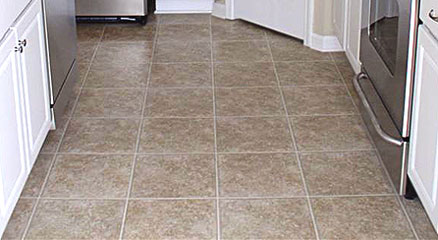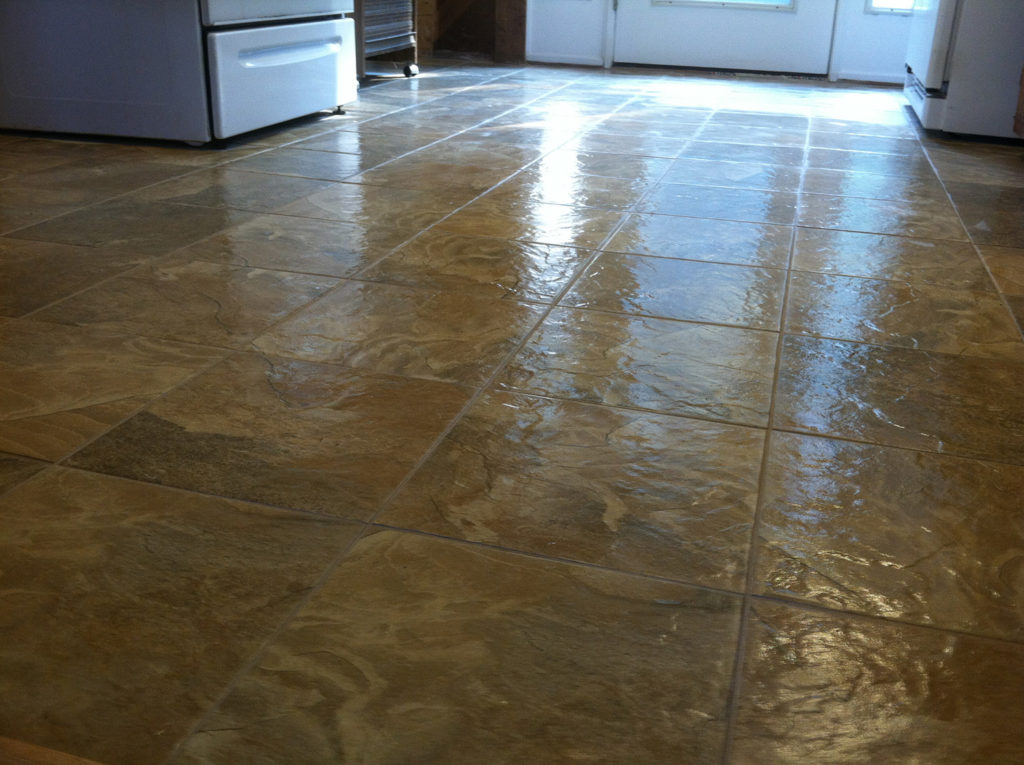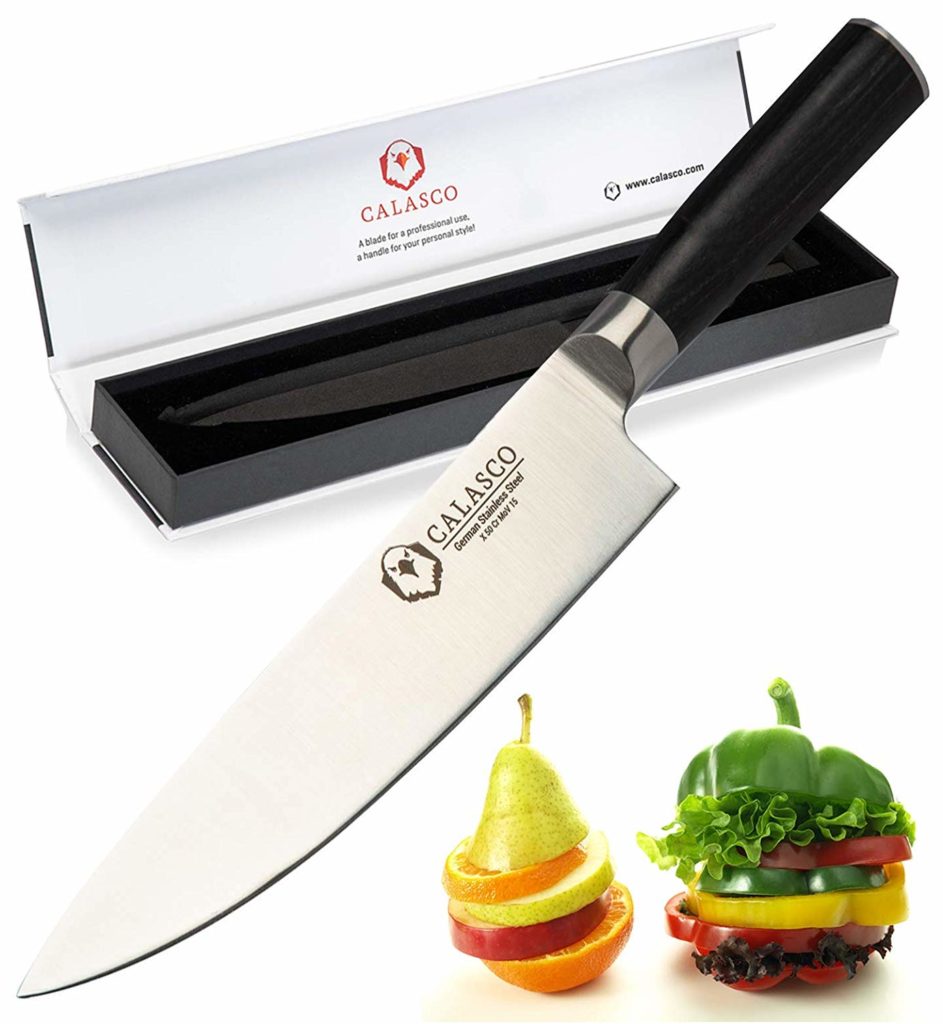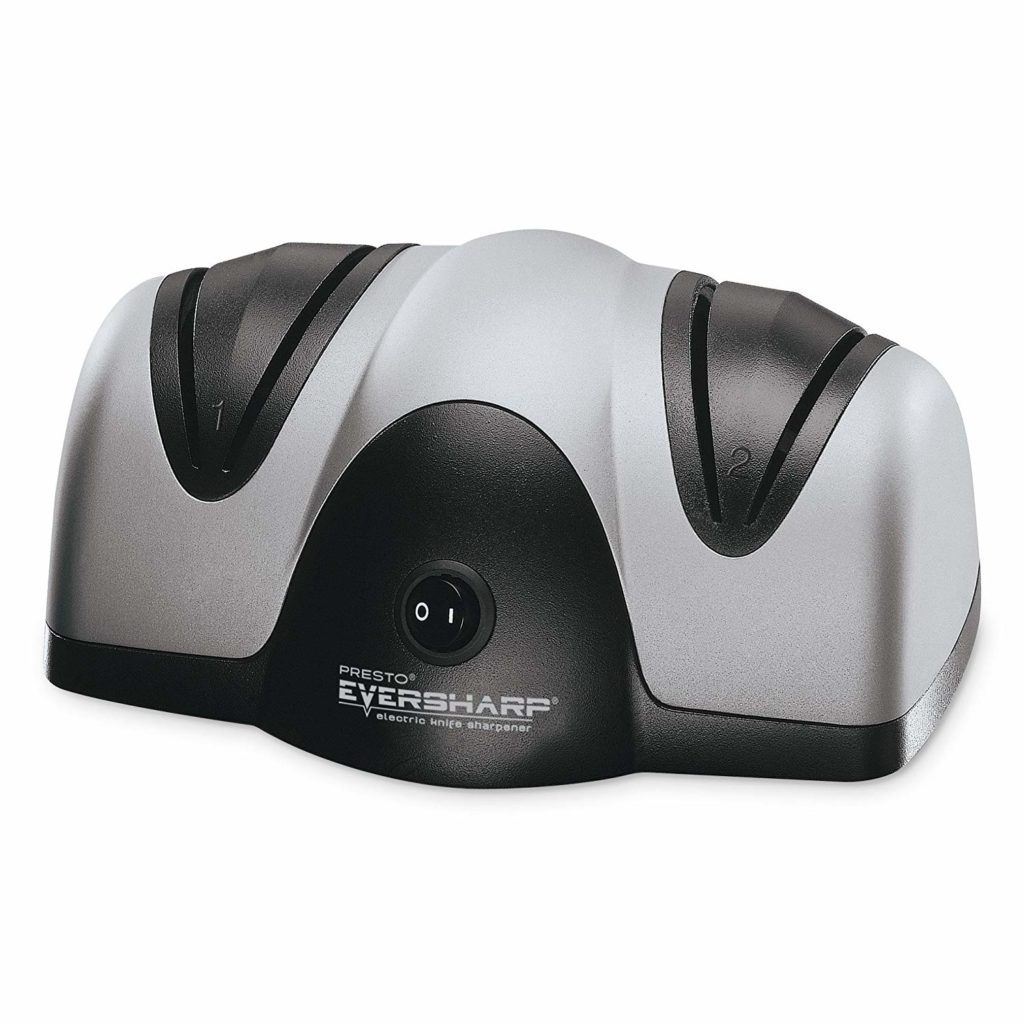If you want kitchen flooring that’s warm and easy to walk on, then you must consider linoleum flooring. The wide array of colors and designs and the fact that it’s natural make it very popular. The composition is linseed oil, cork dust or wood flour, ground limestone, and color pigments. This mixture is placed over a jute, burlap or canvas surface. Linoleum or lino gets its name from the Latin equivalents for flax (linum) and oil (oleum). This flooring doesn’t break porcelain and it’s not damaged easily by water.
Because the entire flooring layer is homogenous – the shade and the design are the same all over the floor – chipping the floor wouldn’t reduce its beauty. Linoleum flooring is great for areas with heavy traffic and this is why it’s commonly used even in office spaces.
If you don’t have too much cash to spend on kitchen flooring but are still looking for elegant options, then a linoleum floor is a good choice for you; the floor is highly durable and cost effective.
Whether you want a plain or a floral pattern for your floor, linoleum flooring offers you a lot of choice. The designs are artistic and creative. Because the raw materials used in linoleum floor are eco-friendly and anti-bacterial, if you have people suffering from respiratory disorders such as asthma, this floor is a good option.
Cost of linoleum flooring
- The thickness, quality and design are some of the cost determinants. A more intricate design using many colors would be more expensive than a plain pattern. Linoleum flooring runs around $2-$3 per square foot.
- Installing the linoleum floor would cost you up to $7 per square foot. Only if you’re absolutely certain of your floor laying skills should you try it as a DIY project.
- The warranty could be from 5 to 25 years.
- Armstrong and Forbo are the two popular makers of linoleum flooring.
Tips for buying linoleum flooring

1. Depending on where the linoleum flooring would be used, you could get one with a protective coating. Because the kitchen area sees a lot of traffic and you don’t want to spend all your time cleaning it, linoleum floor must be coated with a high performance stain and scratch resistant layer.
2. Concrete with a high water content cannot be the underlying surface for linoleum floor.
3. Linoleum flooring comes in different shapes, sizes and thicknesses. The tiles could become warped and have curved ends after a few years.
4. Interior design magazines are great places to look for ideas on how to make your linoleum floor look more creative.
5. A traditional, natural and woody design works best with linoleum flooring.
Installation of linoleum flooring
The underlying surface should be made even and dry before laying the linoleum flooring. Using a Calcium Chloride test you can find out the rate at which moisture is emitted by the concrete subfloor. This should be less than that prescribed by the linoleum floor maker. A pH greater than 10 can damage the adhesive and the floor would be ruined. With a bond test you can find out if the concrete floor has a sealer; this is important as the performance of the adhesive is affected by the sealing substance.
Because linoleum shrinks in length and expands in width, hiring a professional to lay the floor is the best option. You don’t want to do the job yourself and then realize a few years later that it has to be completely redone because you didn’t understand the basic characteristics of the floor.
To keep grime and moisture away, the seams must be protected with seals.
Linoleum flooring has a very long life; it could last up to 40 years.
Maintenance of linoleum flooring
As with any other flooring, even your linoleum flooring has to be maintained just the way the maker insists.
If not sealed with a protective layer, this floor could become porous and hence look dull very quickly. The stains could make the floor lose its sheen; this is when you should polish the linoleum floor.
Sweep and mop the floor regularly. Use a cleaner that has been approved by the manufacturer. This is because the surface requires a pH neutral cleansing agent.
Standing water, moist underlying floor, or constant exposure to moisture could all damage the floor.
If there’s heavy furniture in the kitchen, there could be bumps and dents on the floor. This is why you must use floor protectors.
Area rugs would prevent scratches from appearing on the floor.


